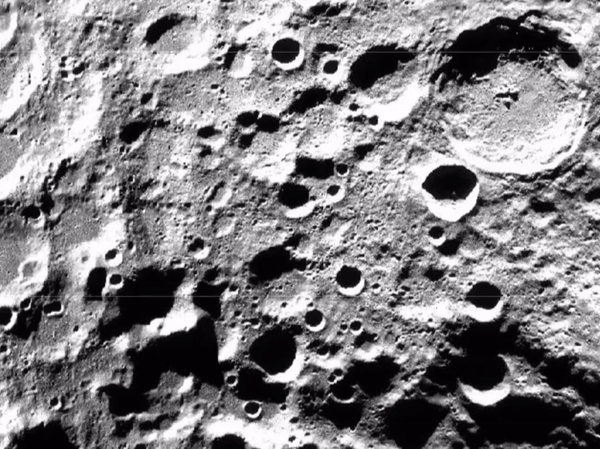Odysseus can't offer live footage of its landing attempt. The spacecraft isn't equipped with a video recorder capable of sharing its journey.
But Intuitive Machines will be sharing computer-generated graphics that are based on data delivered directly from the robotic explorer. So while it's not a live look, what appears on the livestream should be a fairly close representation of what the spacecraft is currently doing in lunar orbit.
That is, until about 10 minutes before landing.
After that, we won't be seeing live data as Odysseus begins its perilous final descent. But, if all goes well, there should be only about a 15-second delay before flight controllers confirm whether the spacecraft made it to the surface safely, according to Intuitive Machines.
The livestream is underway and you can watch at the top of this page.
This post has been updated to reflect the livestream is underway.






